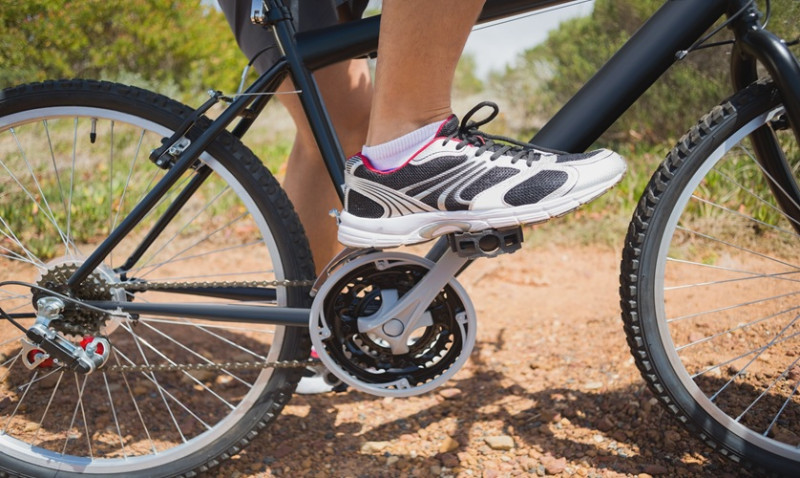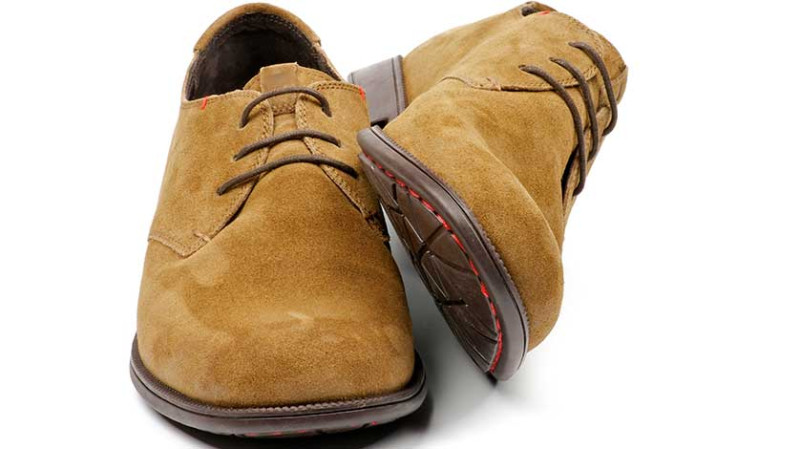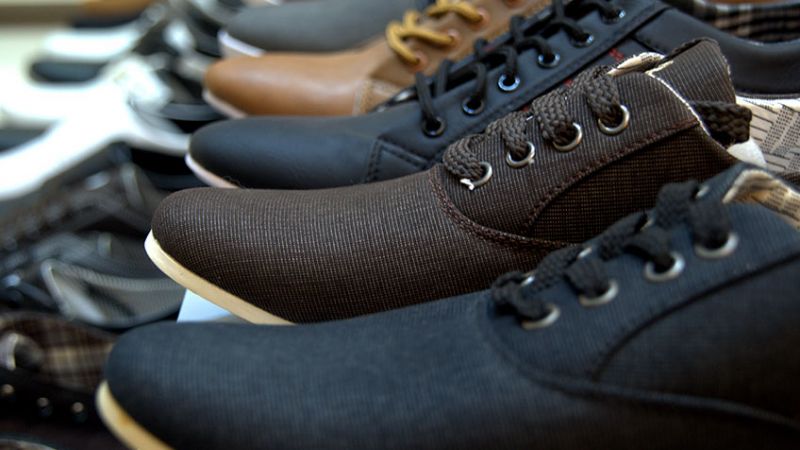
Whether you’re a weekend rider chasing country roads or a professional tradesman commuting through city lanes, the right cycling shoe can completely transform your ride. Choosing a new pair of cycling shoes isn’t simply about style — it’s about comfort, performance, durability, and how well your shoes connect you to your bike.
From young professionals rethinking their eco-commute to architects and interior designers squeezing in quick cycles through town, having cycling shoes that fit your lifestyle is key. In this guide, we’ll break down what to look for in your next cycling shoe, types of shoes available, compatibility with different pedals, and tips for getting the perfect fit – all delivered with the detail and clarity UK cyclists need.
1. Why the Right Cycling Shoe Matters
Cycling shoes might seem like a minor upgrade, but they make a huge difference when you’re riding several miles at a time. Unlike standard athletic footwear, cycling shoes are designed to interface directly with your pedals, improving power transfer and efficiency. This means less energy wasted, fewer foot cramps, and more control over your bike.
For tradesmen using bikes for delivery or site visits, proper shoes help reduce fatigue during long days on the move. DIY enthusiasts riding to local merchants can get on and off with confidence. And, of course, for designers and professionals aiming to arrive sweat-free and stylish, breathable and sleek cycling shoes can be a wardrobe staple.
With better grip, enhanced safety, and improved comfort, investing in a good pair of cycling shoes is investing in your ride — and ultimately, your daily wellbeing.
2. Types of Cycling Shoes
The type of cycling you do will dictate which shoe you should go for. Here are the main categories to know:
- Road Cycling Shoes: Built for speed and long-distance rides. They’re lightweight with stiff soles and usually feature three-bolt (Look-style) cleat systems.
- Mountain Bike (MTB) Shoes: Durable and versatile, these are great for off-road, gravel riding, or city roads with varied terrain. They often use two-bolt (SPD-style) cleats, recessed for comfortable walking.
- Urban/Commuter Cycling Shoes: Designed for comfort and style off the bike too. These typically blend sneaker aesthetics with cycling functionality. Perfect for city commuters and casual cyclists.
- Indoor Cycling Shoes: Ideal for spin classes and turbo trainers. Lightweight, breathable, and compatible with most indoor bike pedals.
DIYers tackling weekend countryside escapes might opt for MTB shoes, while professionals cycling to studio visits in London might prefer the understated look and walkability of commuter options.
3. Pedal Compatibility: SPD vs Look Cleats
Before you buy, check your pedal type. Most cycling shoes aren’t universally compatible, and cleat systems matter. Here's a breakdown to help you decide:
| Cleat Type | Description | Ideal Use | Pros | Cons |
|---|---|---|---|---|
| SPD (2-bolt) | Common for MTB and commuter shoes; smaller cleat recessed into sole. | Urban cycling, commuting, gravel riding | Easy to walk in, compatible with many pedals | Less efficient power transfer than road cleats |
| Look (3-bolt) | Standard for road cycling shoes; larger cleat sits on surface | Road racing, long-distance riding | Stiffer connection, better power output | Hard to walk in, less practical off bike |
If you’re unsure which cleat type your pedal uses, check with your local bike shop or consult your bike’s manual. Getting it wrong can mean painful mismatches and frustrating returns.
4. Fit and Comfort: Get It Right
Unlike standard trainers, cycling shoes need to fit closer to your foot. A good fit minimises foot movement but shouldn’t cause pressure points. Look for a snug heel, room for toe movement, and a secure closure system.
In the UK, sizing can vary between manufacturers, and European sizes are often used — it’s best to try shoes on in-store or order from retailers with good return policies. For those with wider feet, brands like Lake, Specialized, and Shimano offer wide-fit models.
Bear in mind, feet can swell during long rides. Consider fitting shoes with the socks you intend to cycle in and after moderate activity, to ensure you don’t choose a pair that feels too tight under load.
Closure systems also play a role in fit. Options range from traditional laces to Velcro straps, ratcheting buckles, and dial systems like BOA closures. Dial or ratchet systems tend to give the most secure, adjustable fit and are ideal if you want a tailored feel without stopping your ride.
5. Features That Make a Difference
What separates a good cycling shoe from a great one? The devil’s in the details. Consider these features before you invest:
- Sole Stiffness: Carbon soles are more efficient but pricier; nylon blends work well for casual riders.
- Ventilation: Mesh panels improve airflow — great for summer or indoor use.
- Water Resistance: Essential for British winters, some shoes feature weatherproofing or drain ports for wet rides.
- Reflective Panels: Perfect for night commuters who need to stay visible.
- Walkability: Recessed cleats or rubber soles make walking safer and easier — ideal for city riders and tradesmen hopping between jobs.
Ultimately, what matters most is choosing features aligned with your riding style and lifestyle needs. Think about your routes, weather conditions, and how much on-foot activity you’ll do in your shoes.
6. Our Top Picks for UK Cyclists
Looking for inspiration? Here are some staff and customer favourites across various categories:
- Best for Commuters: Giro Rumble VR — comfortable enough to wear all day, stylish enough for coffee meetings, and SPD compatible.
- Best for Weekend Adventure Riders: Shimano ME5 — great balance of price, grip, and pedal performance.
- Best for Road Cyclists: Specialized Torch 2.0 — stiff carbon-composite sole, BOA closure, and sleek look.
- Best Budget Buy: Triban RC 500 from Decathlon — surprisingly good quality at a wallet-friendly price.
There’s no one-size-fits-all option, but these models offer a strong starting point whatever your cycling goals — from morning spins in Bristol to countryside pub loops in Yorkshire.
7. Final Tips Before You Buy
Before you hit 'Add to Basket,' take these tips into account:
- Try them on with your cycling socks and at the end of the day when your feet are bigger.
- Break them in gently before any long ride.
- Pair with matching pedals where needed — new shoes might mean upgrading pedals too.
- Keep price vs performance in perspective. Never overspend unless the features match your riding habits.
The right cycling shoes will become a trusted part of your riding kit for years. It’s worth spending the time to research, try on, and decide carefully. Whether you’re cycling to jobs in Birmingham or rolling through London traffic, the right pair will help you do it with more power, comfort, and style.
So gear up, tighten the straps, and let your next cycling shoe elevate your ride in more ways than one.



